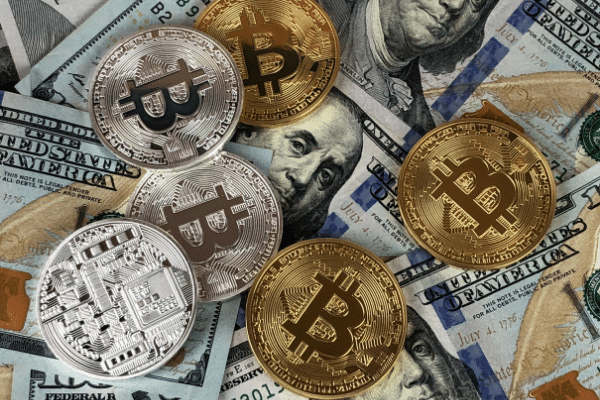
- UST lost its peg, plunging to as low as US$0.67 at one stage before retracing to US$0.80 – hardly the stuff of stability and adding a dose of irony to the moniker “stablecoin.”
- Not helping matters is that stablecoins typically are in demand during periods of exuberance in the cryptocurrency markets, which do not reflect current sentiment.
While the general macro climate is full of malady, the cryptocurrency markets are facing additional challenges that are peculiar to the space.
Bitcoin held on to a partial rebound after dipping below US$30,000 earlier this week, helped by steadying sentiment in financial markets, but more importantly buoyed by expectations that rescue may be in store for an algorithmic stablecoin that has cast a pall over the sector.
That algorithmic stablecoin is TerraUSD, or UST for short, that maintains its one-to-one ration to the dollar.
UST lost its peg, plunging to as low as US$0.67 at one stage before retracing to US$0.80 – hardly the stuff of stability and adding a dose of irony to the moniker “stablecoin.”
So disastrous has been the UST episode that even U.S. Treasury Secretary Janet Yellen mentioned TerraUSD’s de-pegging as a reason why a regulatory framework for stablecoins is needed.
Not helping matters is that stablecoins typically are in demand during periods of exuberance in the cryptocurrency markets, which do not reflect current sentiment.
That lack of demand has also provided the perfect backdrop for one or more actors which are actively trying to undermine the TerraUSD’s peg to the dollar.
While Terraform Labs, which powers the Terra blockchain and issues UST declared that it would be doing what it could to shore up the embattled stablecoin, a triangular attack on both UST, Luna and Bitcoin are keeping a lid on any immediate rallies for cryptocurrencies.
Bitcoin has struggled this year alongside stocks, which it has had its strongest correlation with in years and until sentiment in broader markets improve, will make it difficult to breakout of its current levels.



